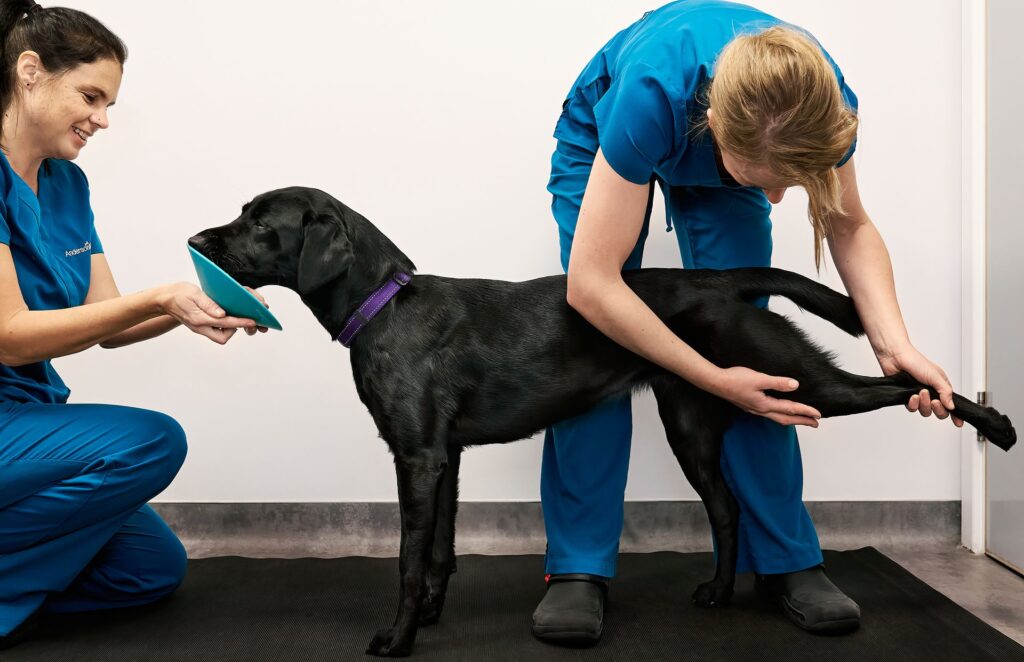### Understanding PET Scan: What Does It Stand For and Its Importance in Medical Imaging?
#### What is PET Scan?A PET scan, or Positron Emission Tomography scan, is a sophisticated imaging technique used primarily in the medical field to observe……
#### What is PET Scan?
A PET scan, or Positron Emission Tomography scan, is a sophisticated imaging technique used primarily in the medical field to observe metabolic processes in the body. Unlike traditional imaging methods such as X-rays or CT scans, which provide structural images of organs and tissues, PET scans focus on the biochemical activity within these structures. This capability makes PET scans particularly valuable for diagnosing and monitoring various conditions, including cancer, neurological disorders, and cardiovascular diseases.
#### What Does PET Stand For?
The acronym PET stands for Positron Emission Tomography. This term describes the fundamental principle behind the technology: it utilizes positrons, which are the antimatter counterparts of electrons. When a radioactive tracer is introduced into the body, it emits positrons as it decays. These positrons then collide with electrons in the body, resulting in the emission of gamma rays. The PET scan detects these gamma rays and uses them to create detailed images of metabolic activity.
#### How Does a PET Scan Work?

The process of undergoing a PET scan involves several steps. First, a patient is injected with a small amount of a radioactive tracer, which is often a form of glucose. This tracer is designed to accumulate in areas of high metabolic activity, such as tumors or inflamed tissues. After allowing some time for the tracer to be absorbed, the patient lies down on a scanning bed that moves through a large, doughnut-shaped machine.
As the machine detects the gamma rays emitted from the tracer, it constructs a three-dimensional image of the distribution of the tracer within the body. This image provides valuable information about how different tissues are functioning, allowing healthcare providers to identify abnormal metabolic activity that may indicate disease.
#### Applications of PET Scans
PET scans are widely used in various medical fields. In oncology, they play a crucial role in diagnosing cancer, determining the stage of the disease, and evaluating the effectiveness of treatment. For instance, PET scans can detect cancerous cells that may not be visible on other imaging tests.

In neurology, PET scans help in diagnosing conditions like Alzheimer’s disease, epilepsy, and other neurological disorders by highlighting areas of the brain with abnormal metabolism. They are also used in cardiology to assess blood flow to the heart muscle and to identify areas that may be at risk for damage.
#### Benefits and Risks of PET Scans
One of the significant advantages of PET scans is their ability to provide functional information about tissues, which can lead to earlier diagnoses and more personalized treatment plans. They are non-invasive and generally safe, with minimal radiation exposure compared to other imaging techniques.
However, there are some risks associated with PET scans. The use of radioactive tracers, although in small amounts, may pose a risk to certain patients, such as pregnant women or those with allergies to the tracer. Additionally, the cost of PET scans can be higher than other imaging modalities, which may be a consideration for some patients.

#### Conclusion
In summary, understanding "PET scan what does it stand for" is essential for anyone looking to grasp the significance of this advanced imaging technique in modern medicine. PET scans, or Positron Emission Tomography scans, are invaluable tools that provide insights into the metabolic activity of tissues, aiding in the early detection and management of various diseases. As technology continues to evolve, the applications and effectiveness of PET scans are likely to expand, further enhancing their role in patient care.